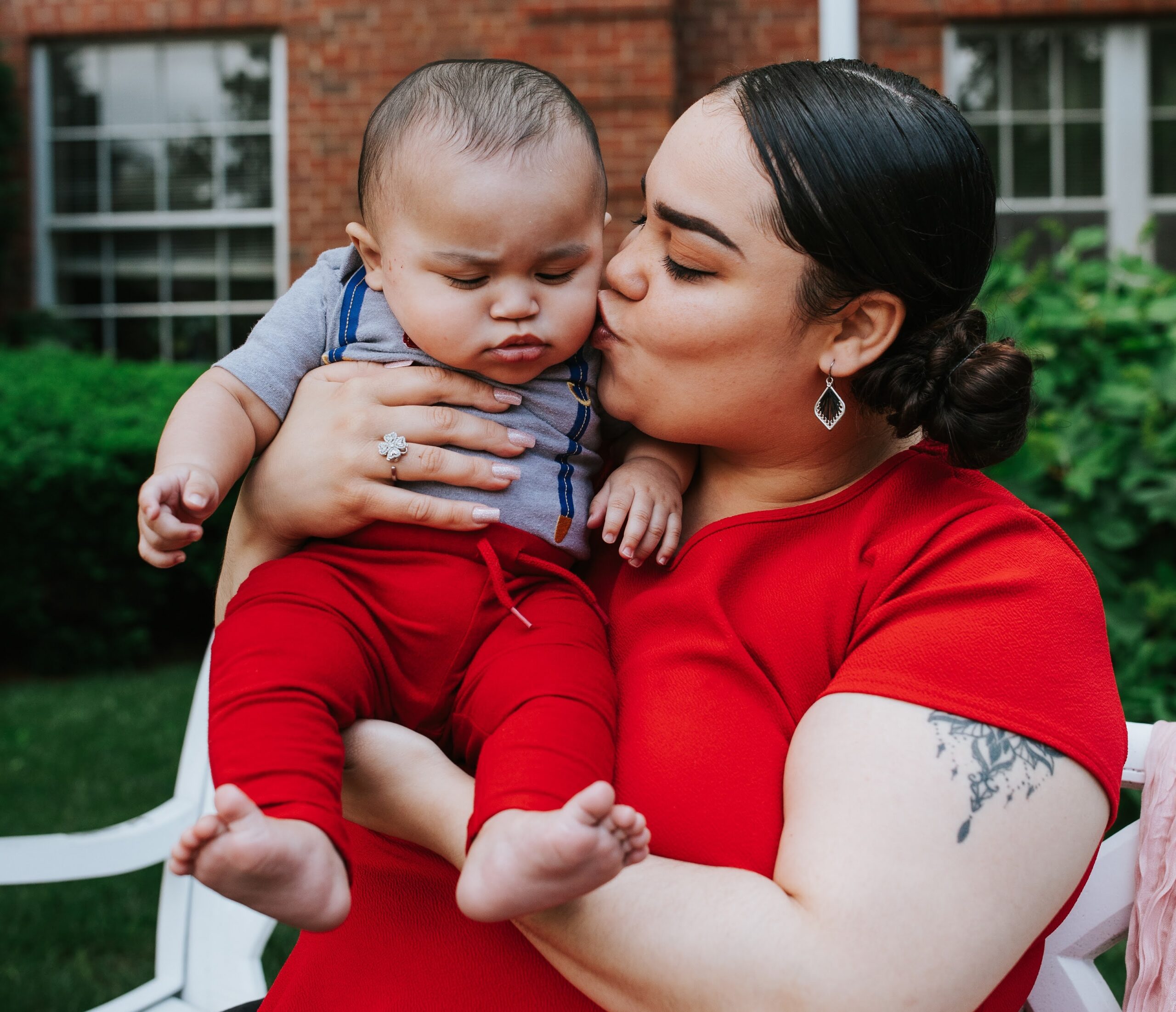
A federal nutrition program for low-income moms and babies now includes canned fish and beans, whole grains such as quinoa and cornmeal, and more money for fruits and vegetables.
Theda Simpson, a former participant in the Special Supplemental Nutrition Assistance Program for Women, Infants and Children from Metcalfe County, said she relied on the funds for extra help paying for supplemental formula for her daughter and sons, who had milk allergies as infants. She found out about the program through her local health department and stressed it was a lifesaver for preventing her children from going hungry.
“I hope that every mother finds out about it, knows about the program, is able to access and get the help that they need to be able to feed their children,” Simpson emphasized.
Under the new changes, children ages 1-4 will now receive $24 per month, pregnant and postpartum women will now receive $43 per month and breastfeeding women will now receive $47 per month, under recent USDA updates.
Research has shown the WIC program helps improve pregnancy outcomes, including lower incidences of premature births, infant mortality and low-birthweight babies.
Karena Cash, data and research director for Kentucky Youth Advocates, said WIC is not reaching every available mom or mom-to-be in the state, although advocates have been doing work to reach more households, especially in Latino communities and among kinship caregivers. The data show two of every eligible five families are not participating in the program.
“About 96% of infants in Kentucky are enrolled, whereas only about 60% of women and 51% of eligible children one to five,” Cash reported. “We see some pretty big discrepancies.”
Tanya Torp, executive director of the nonprofit Step By Step in Lexington serving young, single mothers and their babies, said a major barrier is a lack of understanding among grocery stores about how WIC works and what products are covered under the program.
“For us, being able to work with some of the stores is going to be really important,” Torp explained. “To train the employees at the stores so that they will be able to help when someone comes in and asks questions about WIC.”
Advocacy groups have developed an online toolkit for local communities and leaders, and professionals who serve young children to help get the word out about the WIC program. Nationwide, more than 6 million women and children rely on WIC each month.
